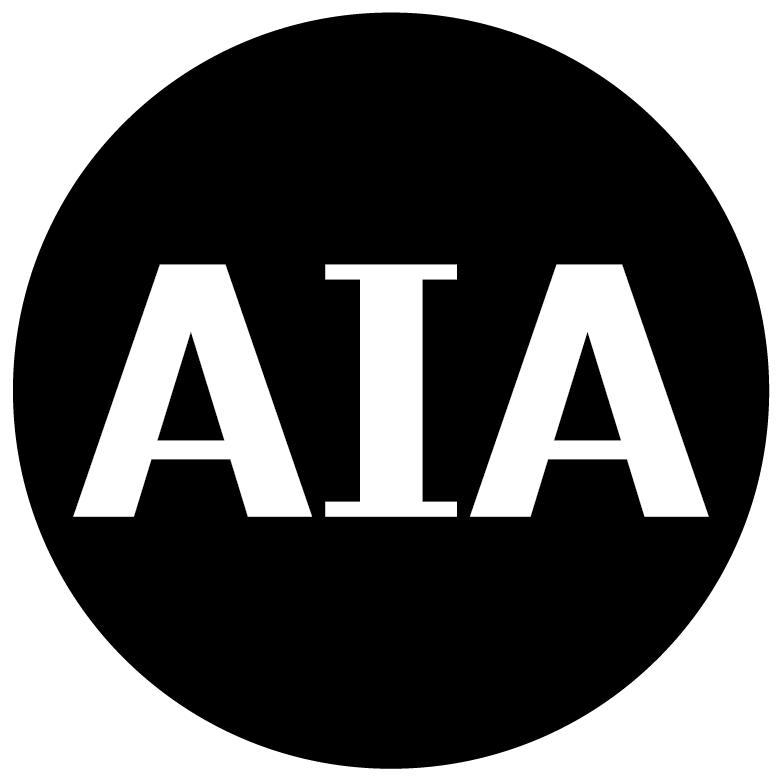A design portfolio isn’t just about getting a job—it’s a promotional tool that helps establish your credibility. Here are a few strategies and best practices to ensure yours stands out for the right reasons.
Tell Your Story
A well-designed portfolio should show what you can do, why you love it, where your passions lie, and what you’re good at.
“The big thing I tell my students is that their portfolio is part of a holistic process,” says Jacki Schaefer, career and alumni specialist at Rice University School of Architecture. “A lot of students look at a portfolio as a sort of record of work from school. But instead they should look at it as a story about who they are as a designer.”
Select your best samples
It’s tempting to include a large cross-section of your work, but it’s important to be choosy. The work you select and how you display it will directly influence your impression on hiring managers.
“That’s an important attribute to being a designer, to visually tell a story in a compact way,” Schaefer says. “It’s hard, but you’re capable of doing it.”
Curate your portfolio to the jobs you’re applying for
Just as your cover letter and résumé should reflect how your experience and interests pertain specifically to each firm’s work, so should your portfolio. Develop several versions that reflect the different types of work you’re applying for.
“It’s about telling a story,” Schaefer says. “Not only do I want to work at XYZ firm, here’s the work that shows that I can and how I would be a good fit for the company.”
This also means your portfolio shouldn’t just be in chronological order, shouldn’t show every single project you’ve worked on, and, of course, shouldn’t include projects that you didn’t like or aren’t a good reflection of your skills. Also, you’re not restricted to what may have ended with a school year—if a project continued to evolve or you’ve added additional work and ideas, include them.
Showcase your creativity
Treat your portfolio as any design project, including understanding your audience and how best to guide them in experiencing your work. Make sure your personality and passion, not just your skills, come through. Your bio or appendices showing photography and hand sketches from a travel fellowship are examples of how to do that. These details move your portfolio away from feeling sterile or too like others who may be taking similar approaches.
Don’t just show pretty pictures
Guy Geier, FAIA, managing partner at FXCollaborative, recommends including diagrams and hand sketches, sections and elevations, 3D hand and computer-generated renderings, and related work like photography and product design, where appropriate. It’s OK to include concise descriptions, as well, but avoid simply reiterating what they can see; instead, discuss the challenges overcome, the special parameters, etc.
It’s also the opportunity to showcase your skills with tools such as Revit, as well as less-common programs like animation software.
Pay attention to every detail
Your portfolio not only shows your work, it also reveals how you are as a worker—whether you’re detail oriented, thoughtful, able to communicate. Keep the following in mind when pulling your portfolio together:
Be consistent
Schaefer recommends using similar fonts, color schemes, and design themes across your portfolio, cover letter, and resume to achieve a branded look.
Proofread, proofread, proofread
Nothing nixes your claim of being detail oriented like a spelling or grammatical error. With potentially hundreds of applicants for a single coveted position, one typo could be what keeps you from getting an interview.
Watch size
It’s tempting to include everything and anything. No matter the format, no employer wants to sort through a 75-page anthology. And if a PDF submission is required, it may have file-size limitations. Whittle it down to the best work that matches the job opening and firm—20 pages or fewer, Schaefer recommends.
Caption images
Along with descriptions, make sure to label images to ensure clarity. This is also a good way to give credit to work that was done as part of a team.
Get feedback
Show your portfolio to professors, mentors, and peers to get their impressions and insights. Ensure your story is coming across to those who don’t know it.
Go digital & physical
Geier and Schaefer recommend having both digital and physical versions of your portfolio. A digital version ensures you can send it immediately when requested and to firms in other cities or countries. But having a physical version on hand during your interview will allow you to easily flip to examples when necessary; many interviewers also appreciate having something to immediately flip through.
For more career resources, take advantage of a free AIA membership available to new grads. You’ll gain access to invaluable career resources such as our salary calculator, the industry’s premier job board, extensive networking and education opportunities, your local chapter, and community of 94,000+ professionals.


